A Fan’s Notes — MSPIFF 2009: Documentary and Narrative Shorts Programs
Max Sparber is filing a series of dispatches from this year's film festival--on the movies, the filmgoers, and the general vibe of the scene. For this installment, he weighs in on some of this year's entries in Narrative and Documentary Shorts programs.
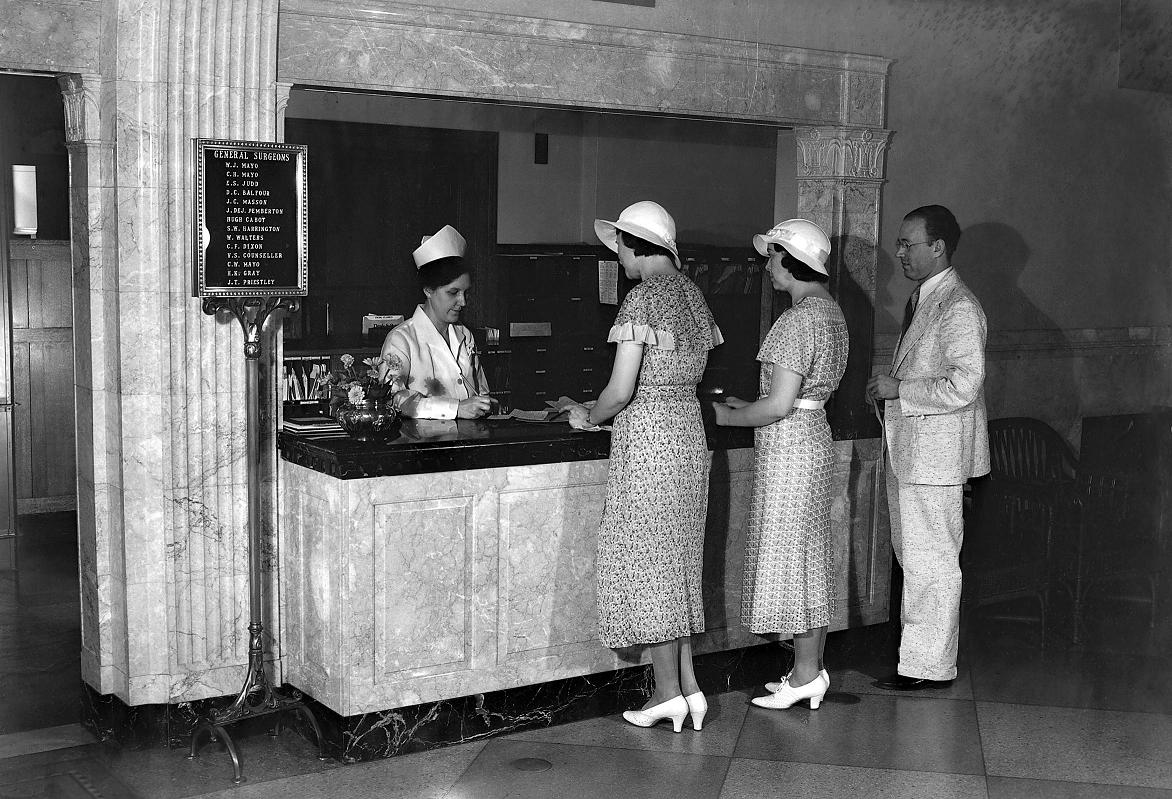
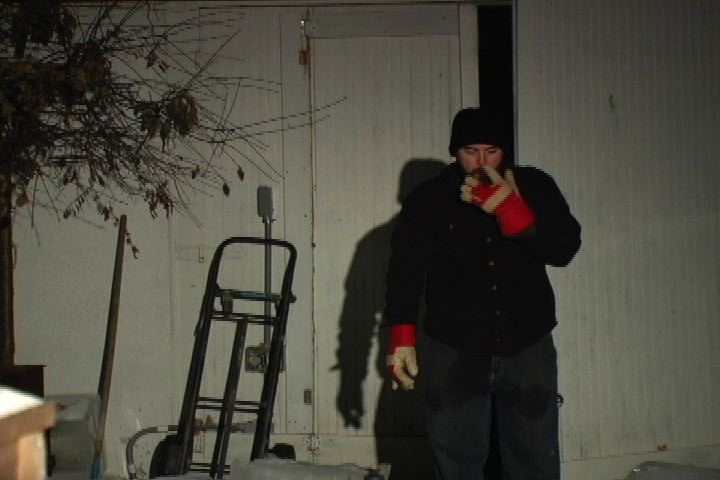
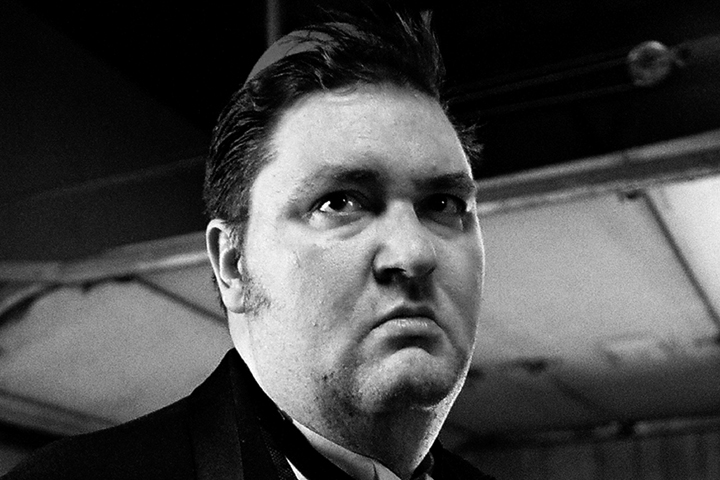

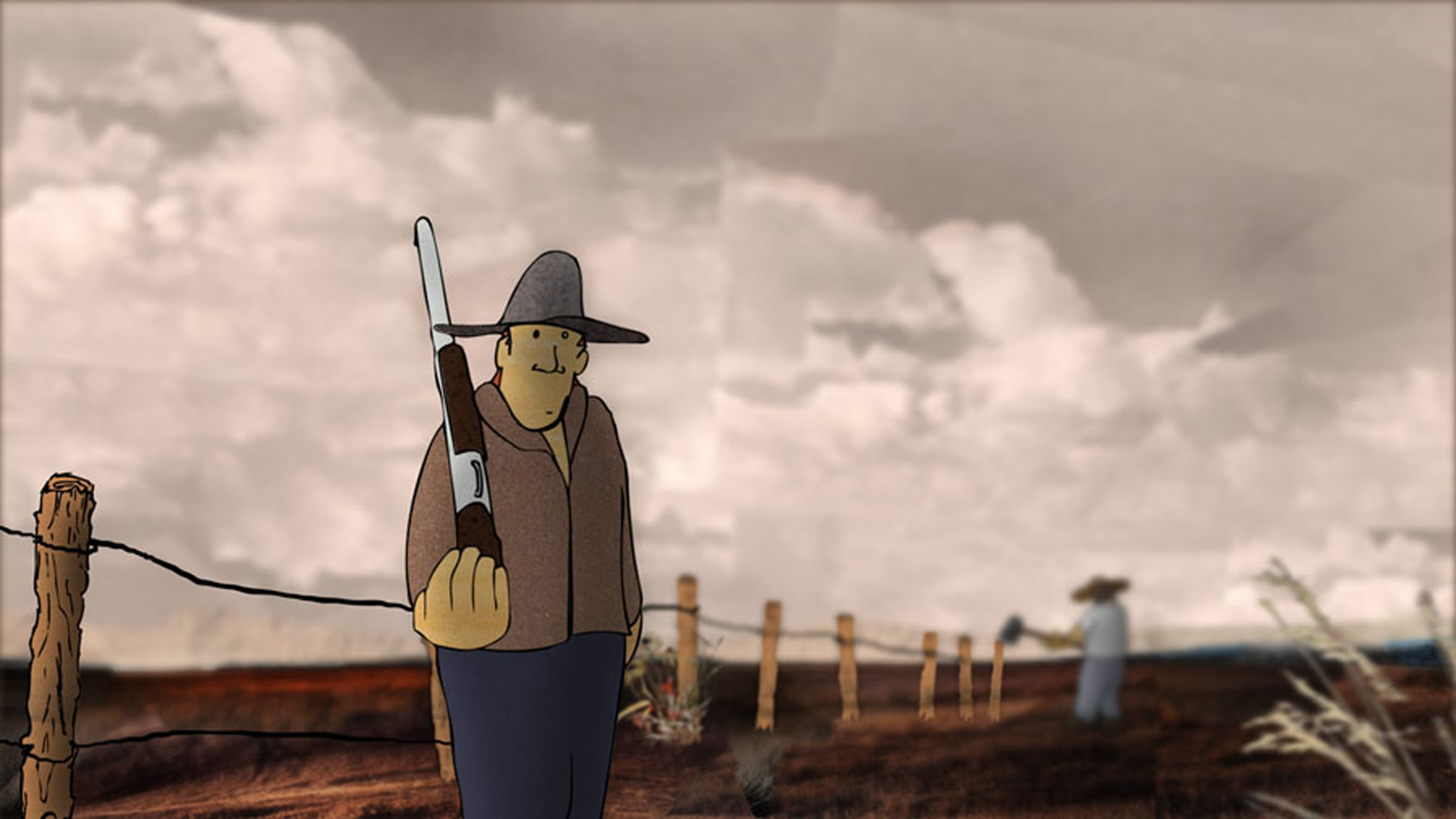
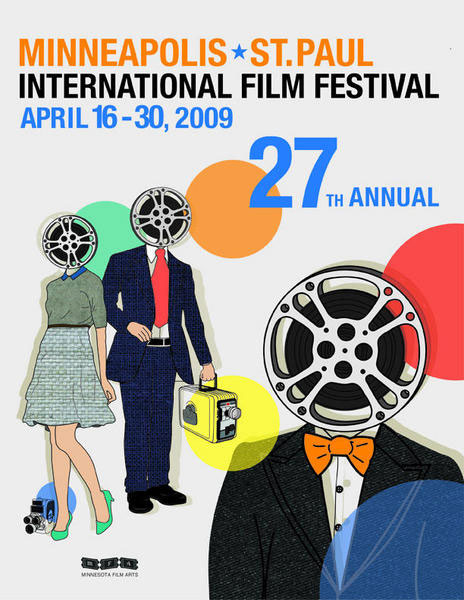
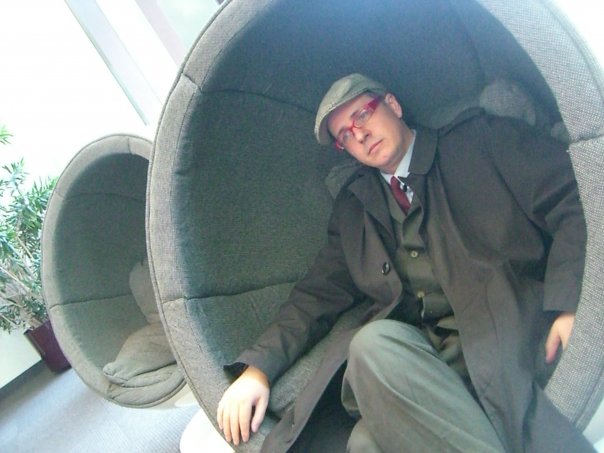
I THINK WE’RE ALL FILMMAKERS, I REALLY DO. We may not all be great at it, but people are just born with a narrative sensibility. It used to be that if you gave kids a Super-8 camera and some greasepaint, they would make their own monster movies in the backyard. Nowadays, children shoot short narrative features on their digital cameras and post them to YouTube; and adults do, too. When I last saw specific statistics from two years ago, people were uploading 65,000 videos per day. I expect the number has increased exponentially since then.
Of course, most of these grassroots productions are videos of teenage girls dancing in front of the camera or craggy old men bitterly discussing politics; nonetheless, the democratization of the medium over the past few years is changing the landscape of film. There was a very popular book a few decades ago called Feature Filmmaking at Used Car Prices. Today, if you have a $100 digital camera that records video and access to a computer, you can be a short-subject filmmaker for free.
One of the films included in MSPIFF’s “Minnesota Made” Documentary Shorts Program is a good example of that kind of DIY work. The film, Pete’s Palace, was made by a young woman named Amanda Becker. At the screening, with unfeigned, good-humored embarrassment, she talked about how she’d made the short: she edited it on her computer and embellished it with a musical loop she found on a free sound editing program. Her embarrassment was charming, but unnecessary. Pete’s Palace tells of a bearded, cigar smoking fellow, a friend of Becker’s, who got it into his mind one day to build an ice palace in his backyard. The film follows him over the course of six weeks as he builds the thing: for an hour or thereabouts every night — in darkness, in the most frigid days of winter — he freezes ice in plastic trays, hand-saws the blocks, and fits them all together into a sort of snow fort-cum-gazebo.
Pete’s Palace from amanda becker on Vimeo.
Amidst the DIY endeavors, there was a professionally-made short documentary as part of this festival as well: Mark Flaherty’s My Brother and I, a biography of the lives of the Mayo Brothers and the clinic they founded. The short was scored by Chan Polling and narrated by Garrison Keillor; and it was fascinating, as smartly told stories of significant people typically are. But Amanda Becker’s film easily matched or bested the genial humanity of the Mayo Brothers biopic, even if it lacked the latter’s technical polish. Both films were inspirational, in their own way. The Mayo Brothers film focused on the brothers’ remarkable sense of responsibility to their community and vital generosity, the sorts of fine qualities we should all aspire to. But Pete’s Palace presented a more direct, and instantly attainable, inspiration: We all have weird friends, and most of us have digital cameras and computers. Maybe it’s time we started making our own documentaries.
________________________________________________________
The day after the documentary shorts showcase, MSPIFF offered a collection of narrative shorts. As with the documentaries, there were a dozen or so included in the roster; I’ll just discuss a few here that really struck me. I was particularly taken with How to Live Better, an 18-minute film by a fellow named Mark Ehling, about a doughy, bespectacled fellow who accidentally receives a mysterious package containing a musty antique tome and a fez. This leads him into a strange series of Minnesota underworld encounters with befezed secret societies and hairnet-clad revolutionaries, most of whom he meets at random. The whole of the story is told in a sort of glacial deadpan — scenes are held too long, as though they are freighted with dread, but they often consist of nothing more than groups of men laughing, or a dishwasher wheeling a television across a room. It’s a trick that David Lynch often uses — stealing the techniques used when lensing suspense and then applying them to scenes that have no tension to them at all. And I suspect that Mark Ehling does it for the same reason Lynch does, because he finds it inherently funny. I do, too.
Ehling’s film also featured an actress I know from the local theater scene, Adena Brumer, whose work I have always liked. Her talents are well used here: she plays her part with a sort of drab wit in the film, as though everything she says, no matter how clever or menacing, exhausts her.
This brings me to something that’s always puzzled me. I see a lot of locally made films, but I almost never see anybody I know from the local theater scene cast in them. I suspect the reason is simple: local actors want to get paid for their work, and money is something emerging filmmakers can rarely offer. I also suspect the lack also has to do with the fact that filmmakers aren’t, as a group, active theatergoers. And that’s too bad, because almost every time I’ve seen a Twin Cities stage actor utilized onscreen, they improve the film.
Case in point: Climbing Trees, a short with the structure of a one-act play (and which was filmed at Club Jäger, if I am not mistaken). It’s an odd script, consisting of two characters ejaculating absurd, sometimes hostile, dialogue at each other during a blackout. Director Paul Moehring films it largely with handheld cameras and jump cuts, which are techniques of cinema verite (and a style that’s been wholly co-opted by television shows which use pseudo-documentary techniques, such as Law & Order and 24).
Climbing Trees from Paul Moehring on Vimeo.
I don’t think this style of filming served this particular story well, actually — the overblown craziness of the dialogue between the characters ultimately undermines the director’s technical efforts to give the film’s action a sense of realism and plausibility. But the film greatly benefits from the onscreen work of Guthrie regular Tracey Maloney, cast as the female lead. Maloney plays her character for maximum quirk, and very nearly sells her bizarre dialogue. And that’s why it’s worth a filmmaker’s time to seek out established theater when assembling a cast-that kind of acting skill gives your film production a real head start in winning over an audience.
One last word, about The Yellow Bird, a glorious animated short by Tom Schroeder (you can watch the short online on mnartists.org, in its entirety). The film brings together a mélange of animation styles – in fact, a series of different animators took responsibility for individual elements of the film, including one who just focused on blood. The short also makes extensive use of “rack focusing,” where elements of the frame come in and out of focus as they become important to the story. Thanks to its technical ingenuity and the sheer variety of styles represented, the resulting animation looks utterly distinct. But it really is The Yellow Bird‘s story that’s remarkable. Based on a short story called “Bear Paw” by local writer Jay Orff, the tale is told in a series of (possibly hallucinated) flashbacks belonging to a young man who has accidentally shot off part of his hand. As it turns out, his past is filled with severed limbs, most belonging to small animals that have crossed his path, some injured unwittingly, some deliberately. The story is, by turns, queasy and funny in the manner of a homely folk tale. But, like the best folk tales, it is also meticulously crafted and unexpectedly gorgeous.
About the author: Max Sparber is an arts writer and playwright, as well as being the editor of the MnSpeak section of Secrets of the City (http://www.secretsofthecity.com/talk/). Max is an active blogger, and most of his own projects, as well as his arts writing, can be found on his blog at http://www.sparberfans.blogspot.com/.
MSPIFF 2009 CONTINUES THROUGH APRIL 30: CLICK HERE for the full schedule of films, and check back in with mnartists.org for more of Max’s MSPIFF dispatches.